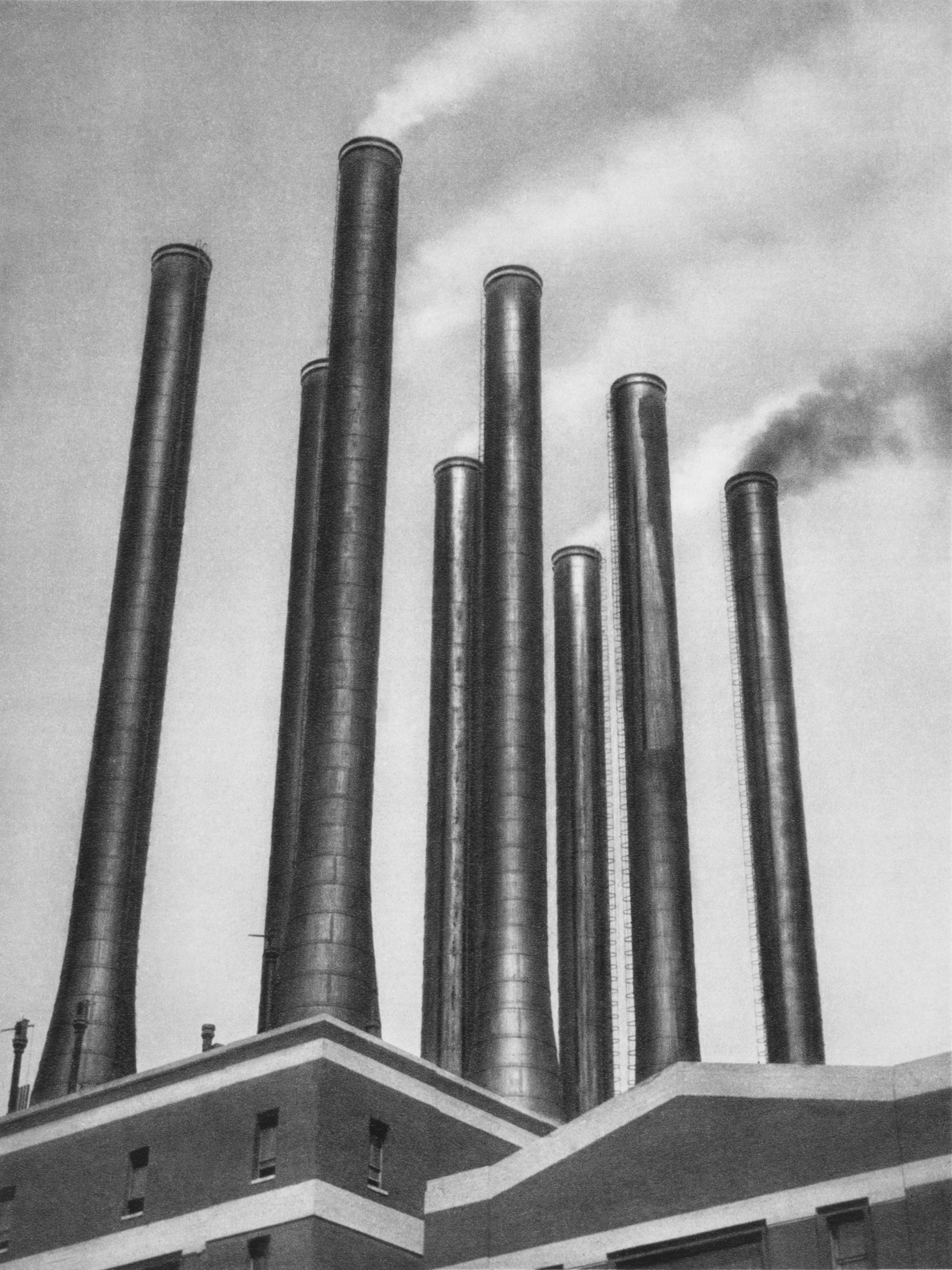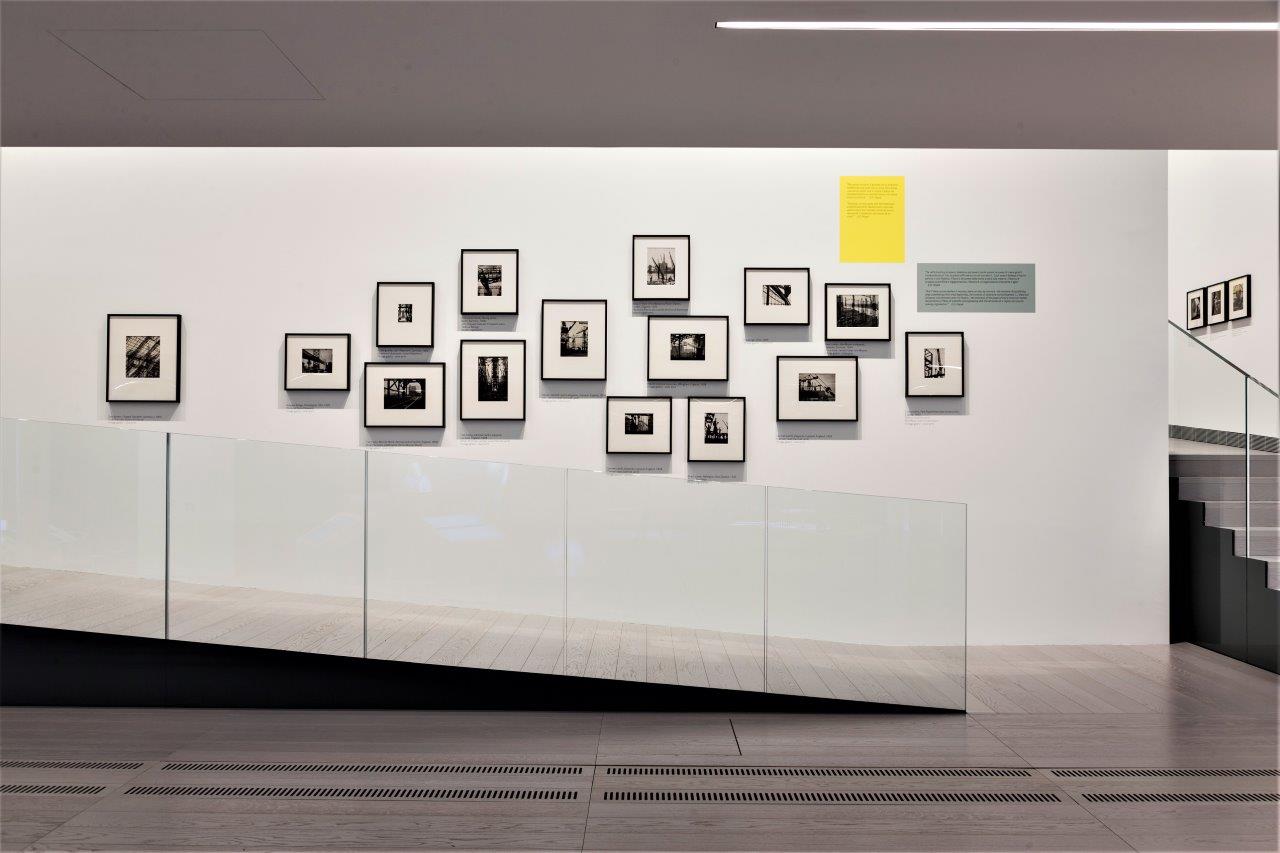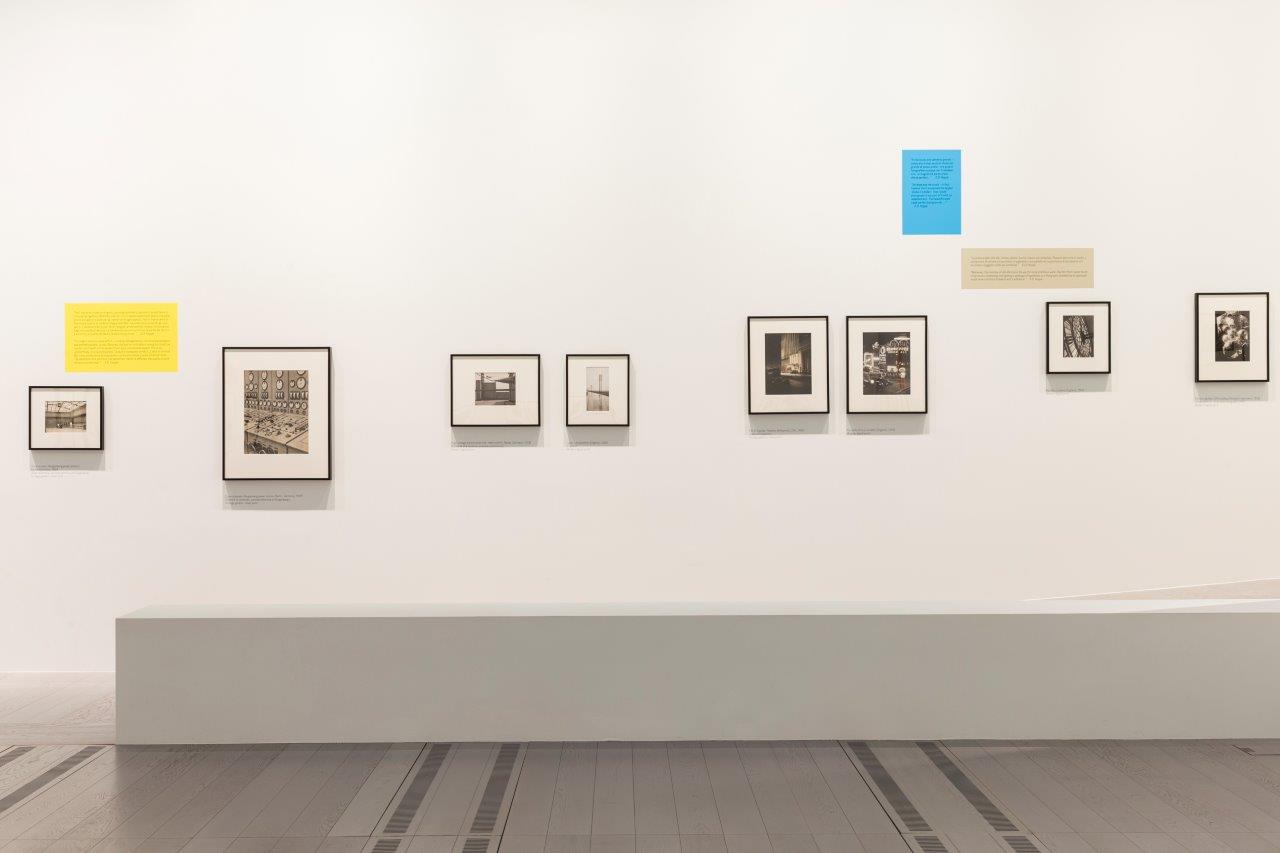Photo: Rocco Casaluci
MAST proudly presents the world premier exhibition
Emil Otto Hoppé: Unveiling a Secret -- Photographs of industries 1912-1937
And if there can be idealism in industry, there can also be romance—the romance of establishing large undertakings from small beginnings, the romance of adventure and achievement…there can be beauty and attraction even in a factory—the attraction of the power of man’s mind over matter, the attraction of feats of scientific and engineering skill, the attraction of a mighty and smooth-running organization. E.O. Hoppé in Country Life, April 6th, 1929
Emil Otto Hoppé (1878-1972) was one of the most important art and documentary photographers of the modern era, he was also one of the most renowned portrait photographers of his day, as well as a brilliant landscape and travel photographer. How is it that such a major figure in photography can today be less well known than those who acknowledge his giant stature in photographic art? The answer lies in a simple misstep of fate. In 1954, well before most of the photographic histories were written, Hoppé was nearing the end of his long and illustrious career. At age 76 he decided to sell five decades of his photographic work to a London picture library. Here, after being filed by subject in with millions of other “stock” pictures the Hoppé photographs were no longer accessible by author. Most all of Hoppé's photographic work—that which gained him the reputation as Britain's most influential international photographer between 1907 and 1939—was literally entombed.
In the mid-1990s the Hoppé Collection was extracted from the London picture library by the Pasadena, California, based museum services company, Curatorial Assistance, Inc., where it underwent over a decade of organizing, cataloguing, conservation and digitizing so as to fully assess the measure of its contents. The discoveries that have come from this epic reconstruction of the photographer’s archive have been nothing less than extraordinary. MAST is therefore proud to present for the first time nearly 200 photographs of E.O.Hoppé that show industries all around the world between 1912 and 1937.
In the twenties and thirties, German-born, British photographer Hoppé set out to depict the romance of global industrial might. Travelling throughout Germany, Britain, the United States, India, Australia, among other countries he photographed the brave new technological landscape of industry seeing its gargantuan machines as both technology and art. Emil Otto Hoppé: Unveiling a Secret presents for the first time Hoppé’s iconic industrial images of the modern era, a subject he approached with formal idealism only to discover step by step also a darker landscape within, machines and weapons that were part of the technology prepared and used for the second world war.
By this point in his career, Hoppé had already established himself as a famous landscape and cityscape photographer, as a celebrity portraitist, photographing some of the most famous figures of London’s Edwardian era, such as George Bernard Shaw, Ezra Pound, T.S. Elliot, Rypard Kipling, H. M. King George V, some of Europe’s famous artists, politicians and scientists, such as Filippo Tommaso Marinetti, Mussolini, Albert Einstein, Max Reinhardt, and finally as a photographer of the Ballet Russe, such as Vaslav Nijinsky, Tamara Karsavina and other dancers of the Ballets. The redirection of his practice—from photographing glamorous cultural icons to industrial topography—was a personal decision. Hoppé was acutely aware of how contemporary industrial technology was profoundly heralding the world into a new era where the very nature of how humans worked and produced had profoundly changed. This was most evident in his native Germany where he returned to explore the factories both formally and figuratively, depicting the aggressive new architecture, new production and the ways it implicated the individuals who interacted with it. These photographs were first published in his now famous book Deutsche Arbeit (1930) and are presented here in their global context of Hoppé’s industrial images from many other countries.
Hoppé’s photographs of the industrialism outside of Germany and Britain are equally important. There, Hoppé noticed architecture’s collision with the everyday, bridges connecting once-separated locations, towers invading skylines, support structures allowing new strength and precision. These industrial changes were, for Hoppé, a blending of art and science, a modern combination that is uniquely romantic, even spiritual. He wrote, “No man can stand beneath the span of some mighty bridge with its soaring pillars and not feel that inherent something that lifts him above the physical plane, reaching out to immensities veiled from full understanding.”
Hoppé’s industrial photographs secure his place as a pivotal figure in twentieth century photography alongside his European peers including Albert Renger-Patzsch and August Sander and his American contemporaries including Alfred Stieglitz, Charles Sheeler, Edward Steichen, and Edward Weston. His specific point of view is certainly embossed by his wealthy origin, being born as the son of German banker. He acts often ike a traveller who seems to be on Grand Tour, i.e. with a lot of curiosity and respect on his ways through the five continents. Emil Otto Hoppé: Between the Wars presents these photographs as a challenging social and formal explorations of industries between the wars. It is as much a political and social as a aesthetic and poetic documentation of this ground breaking development.
Curator: Urs Stahel








